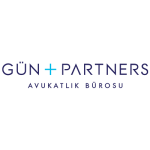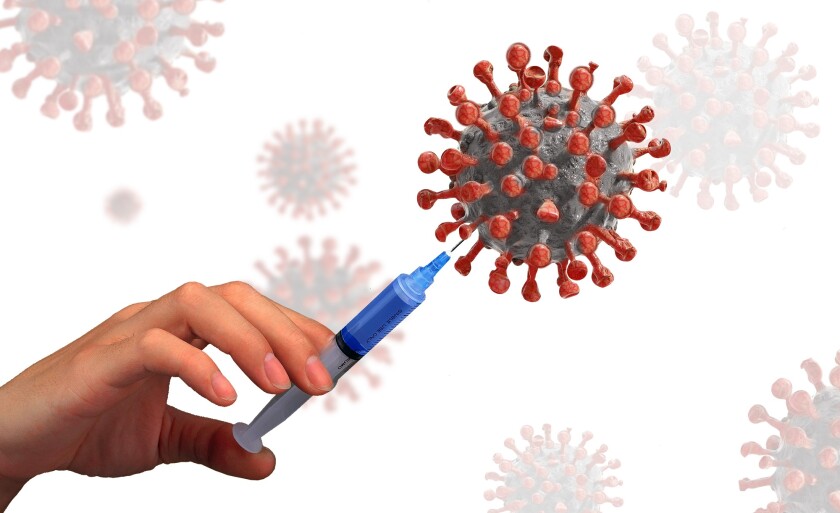Now that COVID-19 has lost some of its impact and life is returning to normal, it is a good time to look at the lessons learnt from the pandemic and make the necessary preparations for another one.
The pandemic brought many discussions on intellectual property (IP) rights from day one.
Compulsory licensing was the first solution mechanism that governments relied on, because it was thought that existing patent rights were the only obstacle to obtaining a vaccine for COVID-19. The reality was quite different. However, there was no proper medicine or vaccine for COVID-19, or one blocked by a patent right, at the beginning of the pandemic.
Collaborative effort
Innovators and researchers were expected to develop a vaccine in the shadow of the compulsory licensing threat. Meanwhile, many innovator pharma companies joined patent tools, made their IP and know-how available, and shared what they had for humanity’s sake. Eventually, BioNTech developed the first COVID-19 vaccine.
No one can deny that the most significant innovation incentive is IP rights. Therefore, one may expect governments to start investing in plans and actions to improve and support research and development (R&D) and innovation to prepare for another pandemic, which seems not to be the case.
Given that there are now treatments and vaccines for COVID-19, the main problem to be solved at present is access to the vaccine. There is a severe gap in the vaccinated populations between the developed countries and the rest of the world, and, as we all agree, no one is safe until everyone is safe. That is why governments should work together and, most importantly, work sincerely on accurate plans and solutions to address this gap.
IP waivers
It is sad to see that no true lesson could be learnt from the pandemic, because the main discussion concerned compulsory licensing when there was no vaccine and today, after the development of a vaccine, IP waivers are at the centre of discussions on how we can extend access to the vaccine.
Just as compulsory licensing was not the solution to developing a vaccine for COVID-19, waiving IP rights is far from a solution for vaccine access.
India and South Africa first brought a proposal to the World Trade Organization (WTO) in October 2020 to temporarily waive IP protection on coronavirus vaccines. The proposal rightly underlined the importance of global sharing of technology and know-how to enable all countries to access vaccines.
However, the proposal did not explain how the elimination of IP rights would suddenly enable states to produce vaccines and vaccinate their populations given a lack of capacity, know-how, manufacturing sites and raw materials, and especially if the people are not informed and persuaded about the vaccination.
We should remember that Moderna said in October 2020 that it would not enforce its patent rights against any company manufacturing vaccines. But still, there was no vaccine manufacturing for some time, which again proves that IP is not the real obstacle.
As the government of India stated in the affidavit submitted to the Supreme Court of India concerning discussions on using the compulsory licensing mechanism to increase the production of COVID-19 vaccines and drugs, the actual barrier to accessing a vaccine is the availability of raw materials and manufacturing capacity, and not the IP.
“Prg 44 of the Affidavit: In the current scenario, the main constraint is the availability of raw materials and essential inputs. Therefore, any additional permissions and licenses may not increase production immediately.”
Compulsory licence provisions
If IP is the only obstacle to accessing a vaccine, why do countries in need not operate their compulsory licence provisions and eliminate IP rights. In particular, India, as a co-leader of the IP waiver proposal, has a special provision under Section 66 of its Patents Act that entitles the central government to revoke a patent in the public interest. This means that it has a direct tool to eliminate all patents allegedly hindering its access to a vaccine via one decision of the government.
While running a compulsory licensing mechanism may be burdensome for other countries that have no such revocation tool, because there may be many IP rights over the vaccine and running a compulsory licensing procedure for each of them will lead to lengthy procedures, it is still more accessible than a process that requires all 164 members of the WTO to consent on an IP waiver. Even today, there is no such consensus, because the EU opposed the waiver, whereas the US agrees to waive IP protection only for vaccines, not therapeutics and diagnostics, and refuses to include China within the IP waiver.
One of the fundamental reasons that compulsory licensing mechanisms or IP waivers do not help in manufacturing a vaccine is the limited information provided in the patent documents, especially in vaccine-related inventions. For example, the patent document does not have to disclose how to access the raw materials without which it may not be possible to put together a vaccine.
It is important to remember that compulsory licences and IP waivers cannot create legal mechanisms forcing patent owners to transfer their know-how or trade secrets. This emphasises the importance of voluntary solutions and finding ways to have patent owners willingly collaborate.
Additionally, compulsory licences and IP waivers cannot provide or create manufacturing facilities and equipment and raw materials in vaccine manufacturing. In the lack of those, even the patent owner is hopeless.
Encouraging R&D
We should keep in mind that the COVID-19 vaccines were developed thanks to the R&D that began years before the pandemic to treat cancer. If there were no previous research, tests or data, it would be impossible to find and develop a vaccine within a year.
Therefore, if we really want to be prepared for another pandemic and extend access to the vaccine, we need to encourage R&D and invention activities today. The most powerful tool we have to do this is adequate IP protection that is not meaninglessly threatened in every possible crisis.
In addition to genuinely supporting R&D, we must find creative and efficient ways to incentivise the transfer of technology and know-how when needed, and we must think about the structures in which innovators/IP holders will be willing to cooperate and establish them from today. This is the only proper solution if the sincere aim is finding a cure or broadening access to vaccines in fighting against a pandemic.












